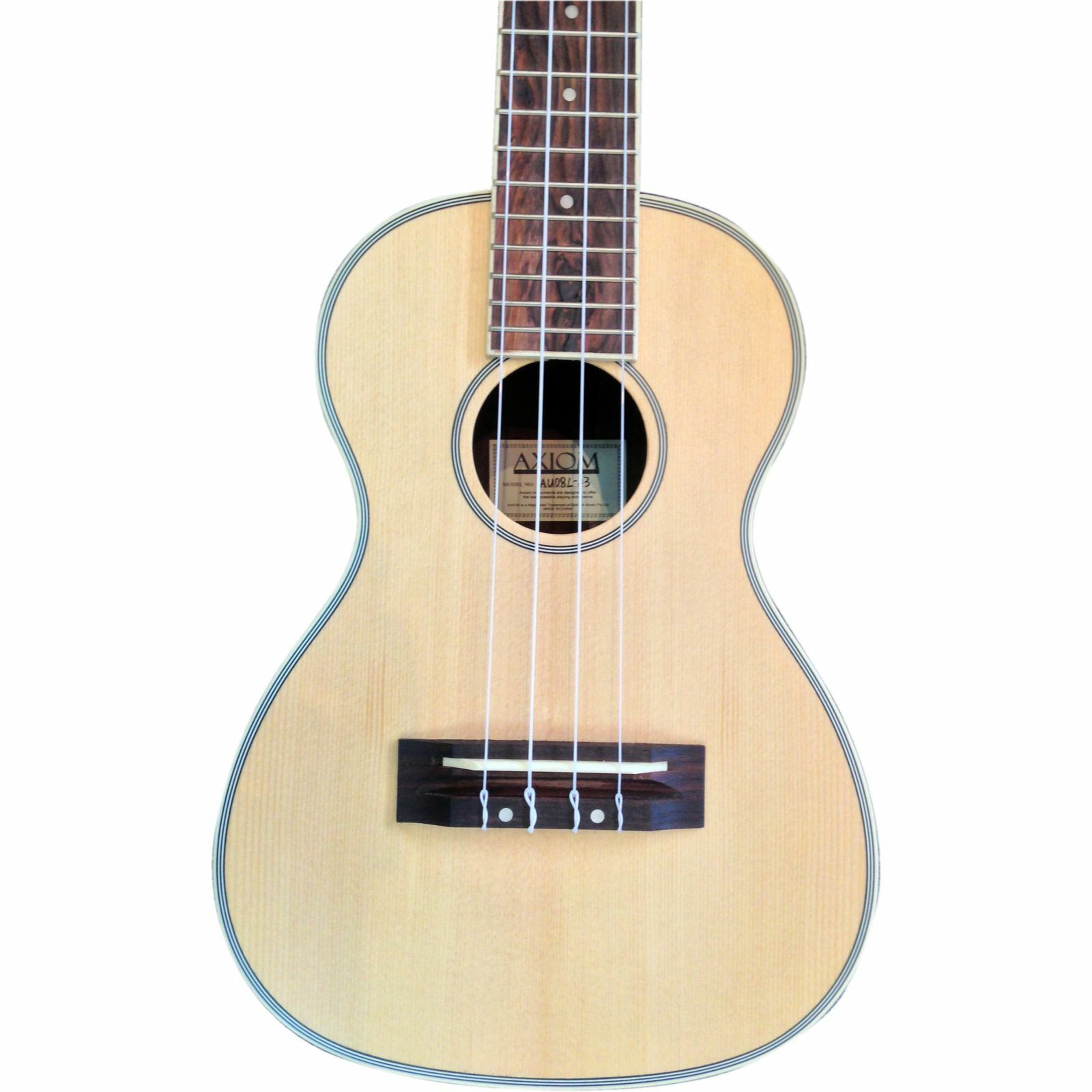Beginner Ukulele Chords Part 4 - How Perform A Minor Chord
Beginner Ukulele Chords Part 4 - How Perform A Minor Chord
Blog Article

The internet has evolved from a cyber-wonderland to an anarchistic, and treacherous, landscape where the least scrupulous amongst us are engaged in a vicious free-for-all. The Latin expression "Caveat Emptor" (let the buyer beware) is at the height of its meaning there, and no real relief seems to be coming any time soon.
Listen to lots of ukulele players. The more you listen, the more you'll get a feel for the Ukulele for sale in uk and the way it sounds. It will influence how you play subconsciously.
When you decide which tuning is the best for you, you need to take into account your own style of playing. If you are mostly a strummer, re-entrant C will probably be the best choice for you. If you are more interested in solo playing, low-G might be the one for you.
People using the last approach usually rest the finger on the adjacent string after having played a string. This means, if you pluck string number one with your index finger it will slide to the second string and rest there. This is called a support stroke and requires another article to explain fully!
You can play and sing at the same time - As adults, many of us become nervous and almost ashamed of singing. Children have no such problem and love to sing. Teaching them to play a wind instrument such as the recorder prevents them singing. Similarly, a piano is too loud and will overwhelm the child's voice. Give a child a Ukulele and they'll be singing and strumming before you know it.
I suggest that you try to learn the note names as you play as a preparation for the song you will soon learn Explore now to play. A tips is also to use your left hand index finger to play the notes on the first fret, your middle finger Ukulele for sale the second fret and so on.
This ukulele tab notation doesn't indicate the rhythm of the song. As you know the melody and maybe can sing it I guess you will feel how long the notes should be.
This means that the first string is tuned to an A, the second string to an E, the third string to C and the fourth string to G. All of these notes are on the middle octave of a piano if you happen to have one around.